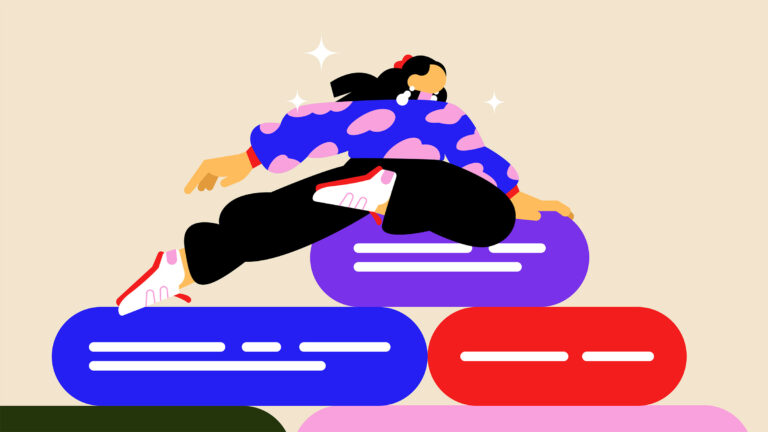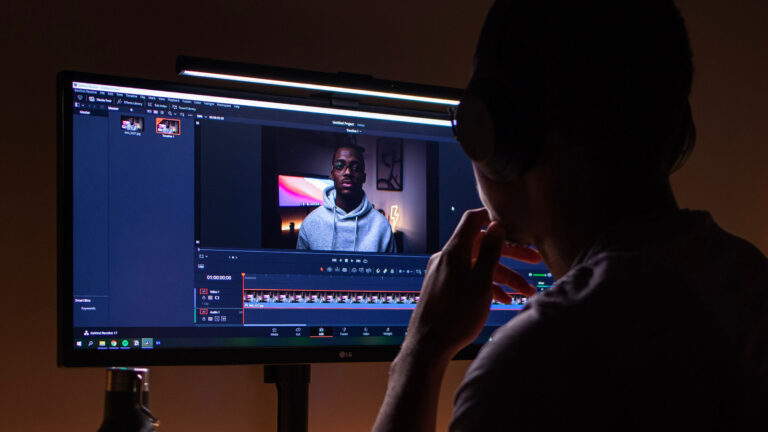You’ve heard it an umpteenth number of times. Filmmaking is collaboration. Even the lonely, basement-dwelling, whiskey-swilling writer has to eventually stumble out into the harsh sunlight, get notes and edit her story for quality and budget. Film and video editing are no different (even the basement-dwelling, whiskey-swilling part).
As an editor, you’ll be showing your cuts to a variety of people. Producers, clients, sometimes even a lead actor; but there is no one you’ll spend time with more than the director. This is the person who, for at least a few weeks, will basically be your life partner. You’ll become familiar with how they talk, think, smell, chew, and argue with their significant other.
For those short weeks, you’re in a relationship and, much like a romantic relationship, if it’s working, it can last for many, many years. Case in point, I’ve known my editor for over 13 years and unless he’s busy, we work together on basically every project. I trust him completely and know that if left to his own devices, he’d be able to bring a project to a point that very closely resembles what I’d be aiming for myself.
When working with someone that closely, there are a number of ways to ensure that the process runs smoothly, efficiently and with minimal editing-booth-related murders.
Here are a few…
Have a Good Workspace
This is specifically for freelancers who are working out of home offices rather than editing bays.

The important thing about having an at-home workplace is that it needs to have a general air of professionalism. If you’ve got dirty laundry laying on the floor and your couch is covered in leftovers, it doesn’t inspire confidence. In other words, if you expect another professional to show up in your home and spend many, many hours there, do your best to avoid making them handle any of your underwear and make it feel as close to a working environment as you can.
Keeping it clean and clutterless is one big step. Making sure the workspace is comfortable is another. Your director is going to spend hours working with you – if he’s on a footstool the whole time, it starts becoming a little… wearisome. So, have water, have snacks and have a comfortable place for him to sit and, while you’re making a tweak or rendering, be able to plug in and answer some emails if needed.
It seems like a small thing, but having a good workspace makes things far more comfortable – and when you’ve been in a room together for five days, eating Cheetos and panicking about how bad everything is, it’s nice to have a little bit of comfort.
Showing the Rough Cut
Unless you’re working with a director who likes to sit through every part of the process, you’ll generally be putting the first cut together on your own. Here are a few things to look out for as you do.
Be Organized
Make sure you have a strong organizational system for all the clips and takes. You’re likely going to be going back to the raw footage quite a bit, so make sure you’re not wasting time fumbling around, looking for that one take of that one line. Keep it neat and have a system to speed up the process.
Keep It Long
Don’t make too many strong executive decisions in your rough pass, particularly any cuts to scenes and dialogue. Yes, a scene might feel very long and extraneous, but at this point, your job is to make sure everything that was shot is on the screen – the purging happens later.
Level the Sound
I appreciate that editors are not sound engineers and the real sound work will be done when the cut is locked, but bad, uneven sound can ruin takes and cuts and make it really difficult to get a good idea of what you’re watching. If you’re able, do a quick leveling pass before the director comes to sit in – it makes a huge difference and really helps in the decision-making as you polish the rough.
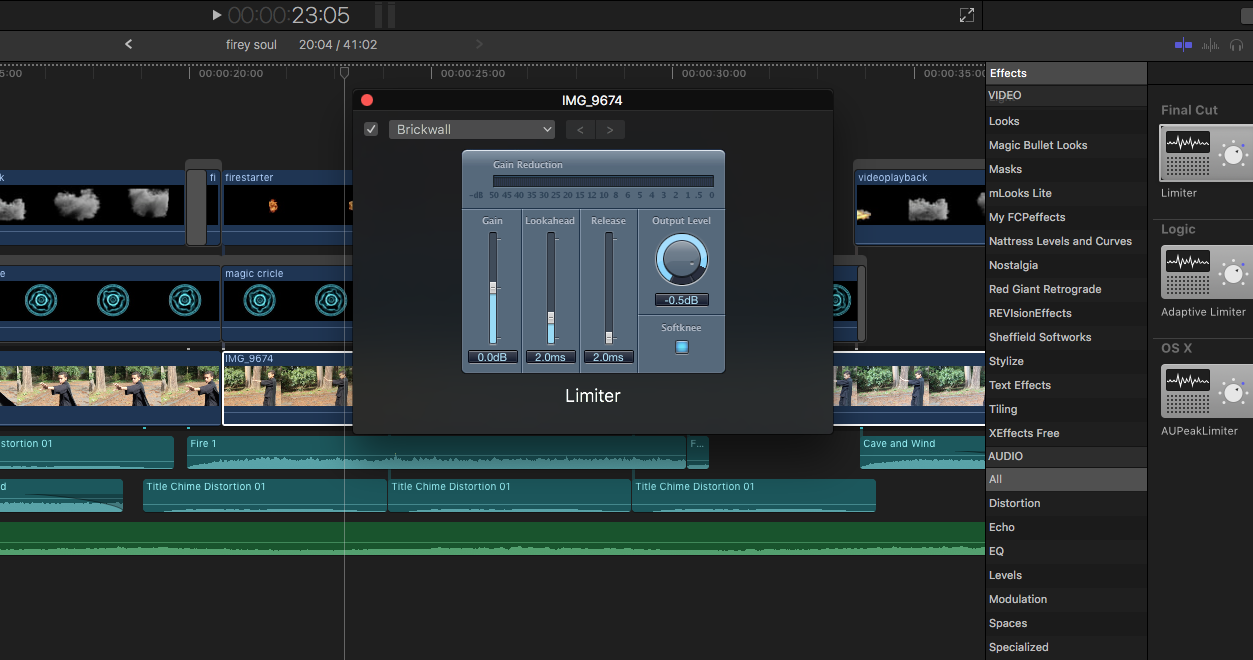
Polish As Well As Time Allows
This is a totally unfair request, but here’s the thing: we’re all artists. We’re naturally neurotic. Generally, when I, as a director, watch a first cut, I not only hate it, I’m filled with overwhelming anxiety about how terrible it is, how I’ll never work again, how I’ve failed miserably and how, more than likely, I’m going to have to find a job and it’s probably going to be as some kind of gas station attendant (no offense to gas station attendants).
Which means that if you can squeeze out some extra time to do a polish on the rough and make it a bit more palatable, you’re not only speeding up the polish, you’re setting the director’s mind at ease.
Another important thing to remember is that the rough cut will often be the only pass that you do completely on your own. Again, it’s a bit unfair, but it becomes a bit of an evaluator of your work and, from my experience, the skill of an editor often correlates directly to how strong that first cut of theirs is.
If you’re low on time, one great way to strengthen the rough is to do a dialogue polish. That is, make your way through the work, trimming awkward un-intended pauses, sharpening the beats and making the whole thing move faster and cleaner. It goes a long way in helping the rough cut watchable.
Fighting for Your Notes
After the rough cut is complete, the director will join you and want to watch the footage, take notes and make changes. Generally, the director is going to run this process and her thoughts will overrule yours. This is one very frustrating part of being an editor – while I very much respect my editor’s thoughts, ideas and artistry, at the end of the day, the final decision is my own. That can be a frustrating experience for anyone in post-production.
There are a few ways to help your case, however…
Come Prepared
Before the director sits in to start polishing, watch the cut yourself and take notes. Know which edits you’re willing to fight hard for and which you’re willing to yield on and be able to share all of them in a clear and concise way.
Remember, be confident in your vision and your ideas, you are a professional and were hired because of your skill. Your opinion is valued, and it matters.
Prepare Alts
One great way to make your case is to show the director what you mean. Art is sometimes difficult to explain. A choice might sound completely crazy until you see it, so one great way to showcase an idea is to do a quick, example cut of it. Just remember: make sure you have an alt cut that’s more in line with the original vision as written and/or shot. This way, not only are you bringing ideas to the table, but you’re also respecting the director’s original vision and can quickly revert back to what they want if they nix your idea.
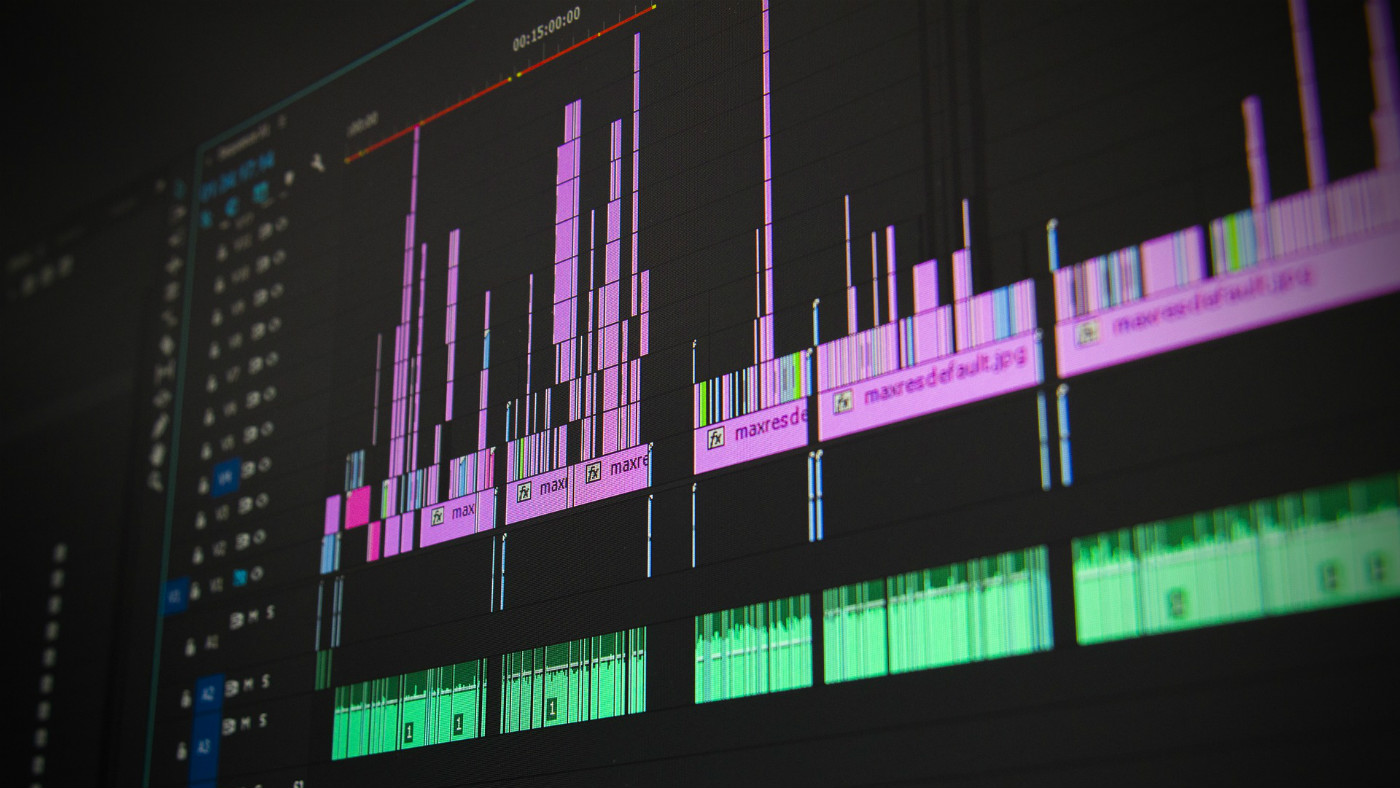
Pick Your Battles
There are going to be moments in the edit where you and the director disagree and no matter how many examples you show, he just doesn’t like it. Remember to pick your battles. If you’re going to fight every decision the director makes, you’re never going to be hired again – as, at the end of the day, you’re helping him make his vision.
My suggestion is to yield on the smaller changes and save your big fights for the ones you think significantly enhance the project. As a director, I love to see passion in my editor, but if he was to fight every note I had, it would drive me to murder.
Know Your Director
If you’ve never worked with this particular director, go and watch as much of their work as you can. Do they use silence a lot? Or do they prefer the fast patter of dialogue? Are their cuts unusual, or do they take the Kevin Smith approach and keep it visually simple with a strong focus on dialogue? Get a feel for their rhythms and styles, familiarize yourself to their choices and story themes. It might seem like a lot of unnecessary prep work, but it’ll give you a clear direction of where to start and, in the long run, save time in the edit by informing you of a clear first direction.
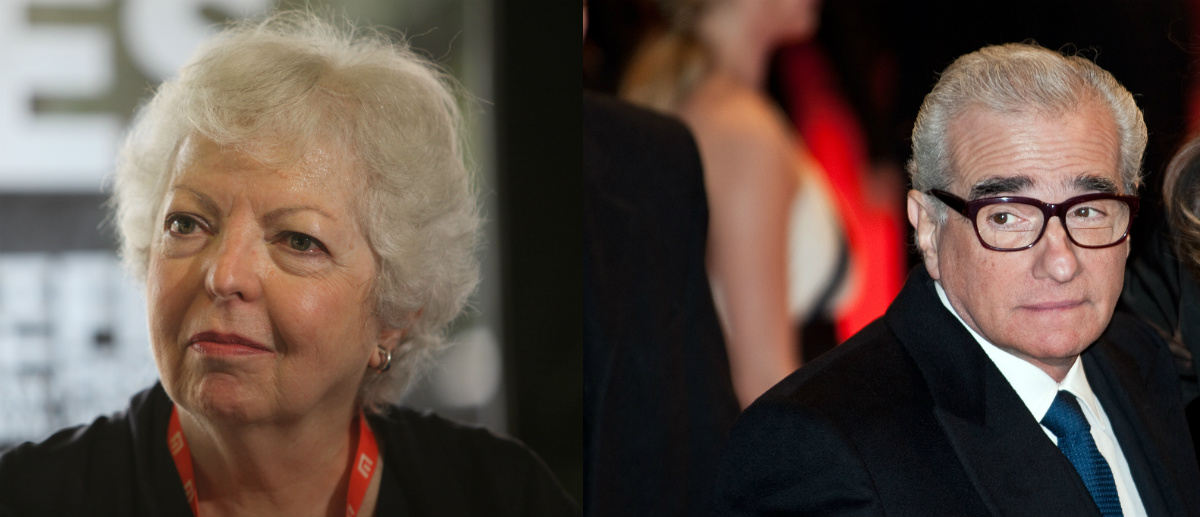
Know Your Time Frame and Deadlines
This is a big one. No matter if you’re tasked with creating the post schedule or you’re given a post schedule, it is nevertheless up to you to make sure that post schedule is reasonable. Because if it isn’t, and you don’t tell anyone, you’re going to end up missing important dates and be blamed for it. That’s a quick way to not be hired for a job again.
So, make sure to carefully go over the schedule and, if you’re concerned, discuss with the director so that the two of you can then go and push back against the producers. At least then, if the schedule still remains unchanged and a deadline is missed, you can gently remind everyone that you had concerns from the beginning.
If they still fault you for it, then maybe they’re not the best people to work with.
Have a Good Attitude
It’s inevitable that some jobs are going to be worse than others. We all have to pay bills and eat food, and sometimes that means doing something like an instructional video on how to use the Dewey Decimal System. Or, even if it’s a job you do like, the pressures of deadlines, producer notes and a million different other issues that arise are bound to drive you crazy.
To that, I say, smile and remember, on your worst day, you’re still doing what you love. Get excited, be into it, commit to the job you’re doing, treat notes with good humor and try to enjoy the whole experience. Every job has something to teach you, even if it’s just a new keyboard shortcut.
As a director, I’d much rather work with an editor who is optimistic and good-spirited over someone talented but negative.
We’re making art together–even if it’s about library cataloging–let’s enjoy ourselves.



